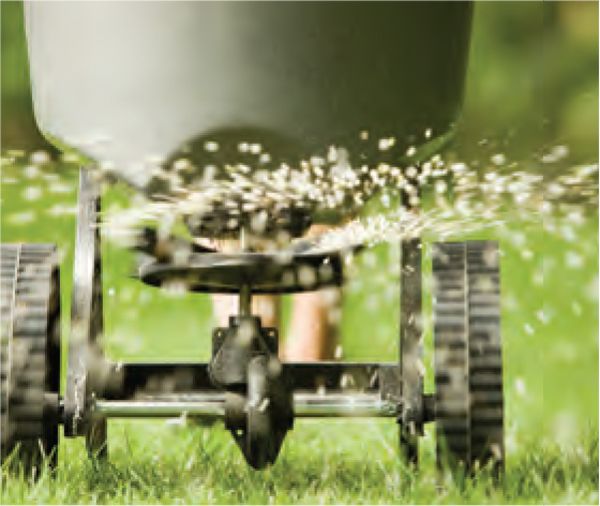Autumn Garden Round Up | Fall Landscape Todo List Is Ta-Done!


Roanoke Valley HOME caught up with Landscape professionals in the area and asked for tips and chores to ready our yards for the dormant season. The following are suggestions for making the most of September and October days to finish the 2019 growing season strong.
Mark Burton of Roanoke Landscapes offers: “Fall is the best time to plant most anything—shrubs, trees, perennials, Spring flowering bulbs and grass. Soil temperatures remain warmer and promote root growth, the most important part of the plant.”Now is also an excellent time to fertilize shrubs and perennials with a slow-release fertilizer. (Roanoke Landscapes uses Earthworks 3-4-4.).
Readying your property for winter goes beyond the landscape, adds Mark. Taking care of your tools and machinery is also important. September/October is the ideal time to sharpen your mower blade and clean your mower’s air filter. You’ll still be mowing a few more times in 2019, but having this maintenance done will start the spring mowing season off nicely.
The Maintenance Department at Seven Oaks Landscape Hardscape suggests fall chores to include mowing, trimming and edging the lawn before aeration and overseeding. Next, apply a winterizing fertilizer. Inspect plantings and lawns for pest problems. As the months turn cooler, spend some time cleaning up perennial beds and fading spring and summer annuals. Applying a pre-emergent for cool-season weeds will help keep the beds weed-free as spring approaches.
Cold months can still enjoy colorful pansies along with ornamental cabbage and kale. October is a great time to decide your color combinations for the winter months. Also plan for spring color by mapping fall bulb plantings. For those great splashes of early spring color in your landscape, plant tulip, daffodil, crocus, and other hardy bulbs in the fall. The best planting time is from September through mid- December.
To best prepare your gardens for spring bulb planting, use one part cow manure and one part existing soil. Add bone meal to the hole before placing the bulb. Once the bulb is placed, cover with the soil mix. Keep the bulbs moist after planting and well-watered while growing. Use your favorite mulch to cover the bulb bed with a 3” layer for protection during the coldest months. At the first sign of leaf growth in the spring, use a 5-10-5 fertilizer over the top of the bed.
Are mice, moles, or chipmunks a problem? If so, Seven Oaks advises to plant bulbs in wire cages to keep the pesky marauders out. Remember, after blooming, it is essential to allow the foliage to yellow and die naturally as this provides nourishment and feeds the bulb for the following spring’s flowers.
Lastly, Seven Oaks suggests re-programming your irrigation controller and make preparations for winterizing the system.
There you have it—merely following these guidelines from local landscape professionals will have your property ship-shape for winter and full of color come spring! Get started on this Landscape To-Do list this fall, and you’ll enjoy fantastic rewards in the spring of 2020. Ta-Da! ✦
aeration, edging, FALL, Fall Landscape, garden, grass, mowing, ornamental cabbage and kale, overseeding, Perennials, shrubs, Spring flowering bulbs, trees, trimming, winterizing fertilizer






